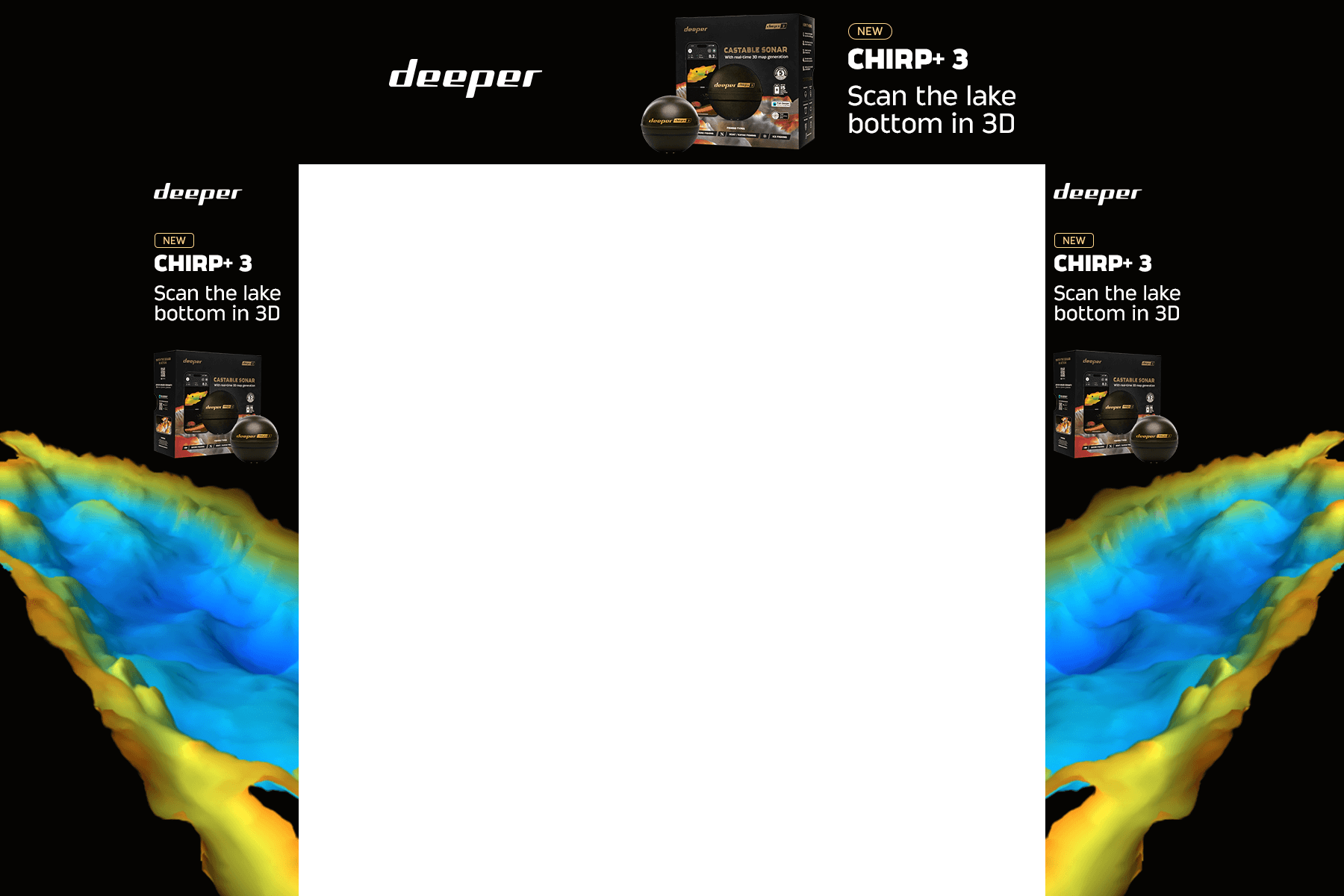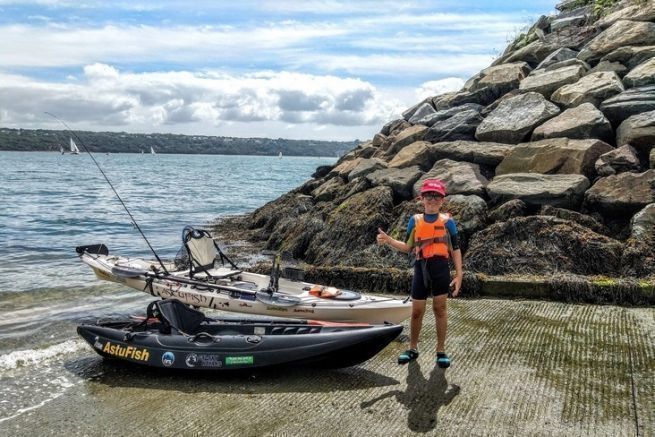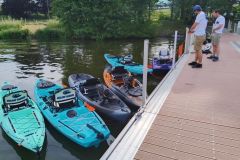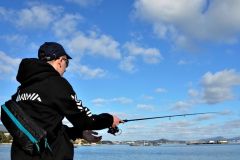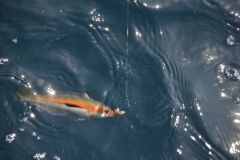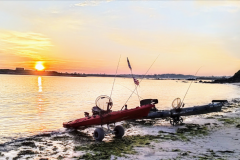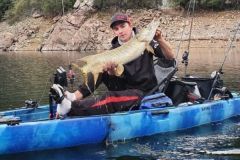Publicité
Safety first
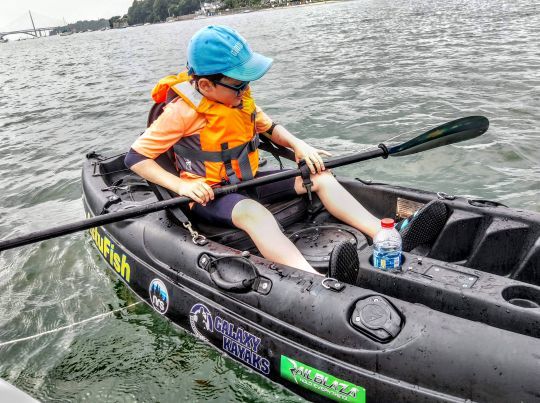
The kayak is the ideal tool to support these future memories. But before sharing these moments, it's a good idea to prepare them for safe navigation. There's nothing complicated about this learning process, just a few rules to observe. First of all, they need to know how to swim.
Although wearing a lifejacket is a strict requirement, they need to be able to be in the water without panicking. When it comes to children's lifejackets, they must be adapted to their morphology. For a child weighing less than 30 kg, it's a minimum 100 Newton vest, with a subcutaneous strap, to prevent it from riding up over the head once in the water. This is the ISO12402-4 standard, marked on the inside of the vest.
A child-friendly kayak
Of course, you need to put them in floats that match their age and size. There are now a number of safe models on the market adapted for them.

Take advantage of summer and warmer water to teach them safety skills and have fun at the same time. The main exercise is to get back into the float after getting out of the water, hence the importance of a kayak that fits the child. Of course, this exercise is done wearing a lifejacket - you can't swim the same way with a lifejacket around your neck.
Start at the edge, then gradually move on to areas where he has no foothold. Encourage them, and after a few tries, they'll succeed. Get into the water too, to show them that if Dad can do it, why can't I? Repeat until you've mastered it. He'll never go out on his own, but he can turn around 20 metres away from you, and he needs to know what to do by the time you reach him, without panicking.
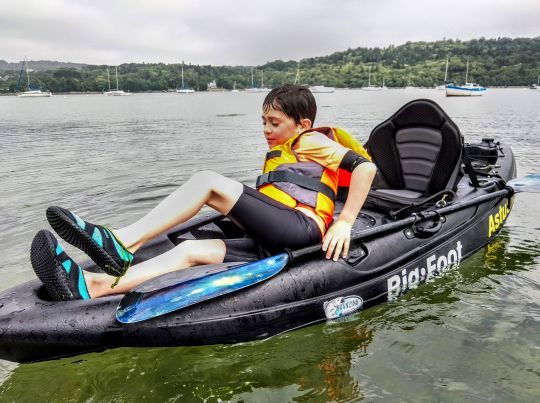

In navigation
Once this stage has been completed, you can start sailing. We start by handling the paddle, holding it correctly and, above all, in the right direction. Remember to put a leash on the handle so you don't lose it. Position yourself correctly in your seat, and learn to stand up in the kayak to gain confidence.

You can continue with a few towing exercises and teach him a few knots. Make 2 or 3 learning outings before moving on to fishing sessions, which will require further lessons.
Teach him to wear a cap, sunglasses and sunscreen, to take a bottle of water out on the water and to drink before he gets thirsty, so he doesn't get dehydrated. Once he's mastered all this, it will become natural and he'll be able to go fishing with you, on his way to the memory album.
Publicité
Publicité
Publicité
